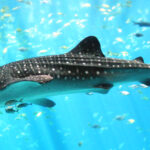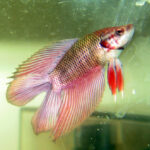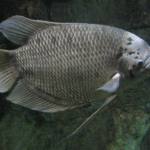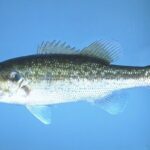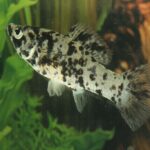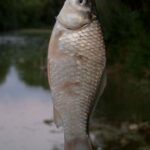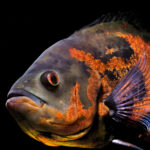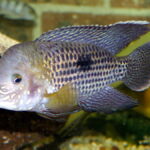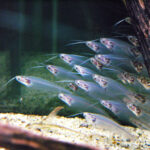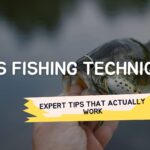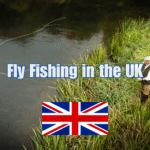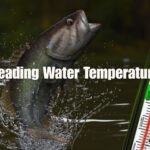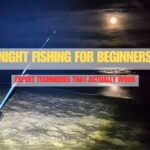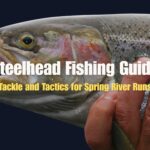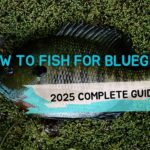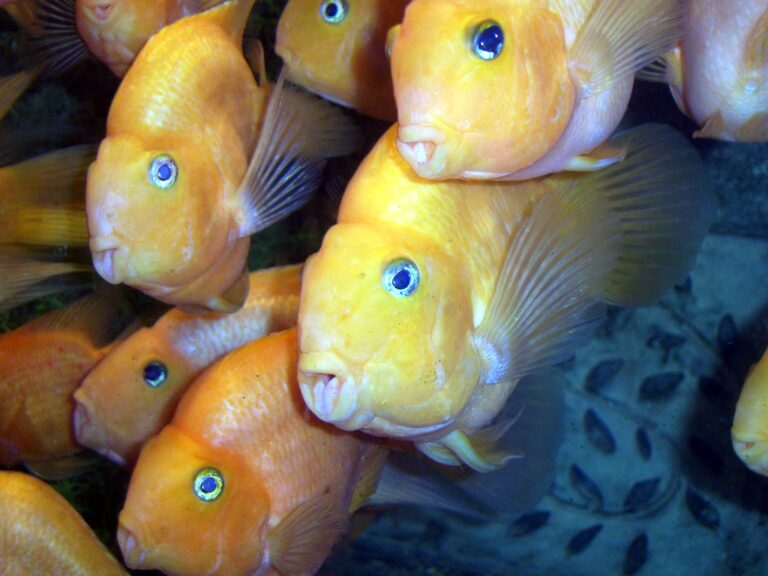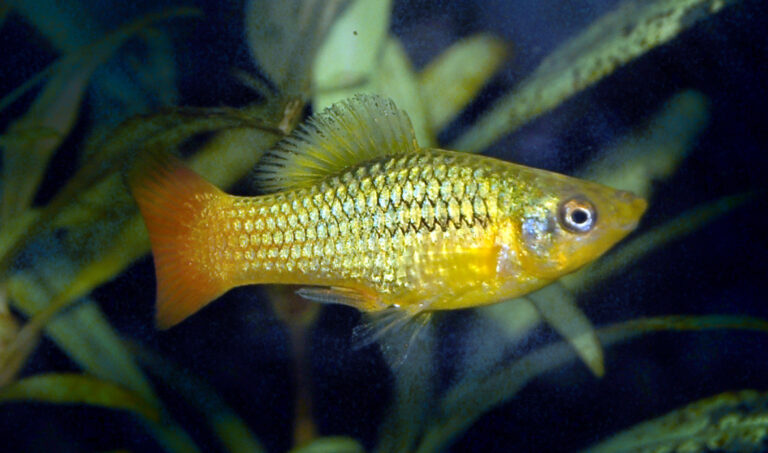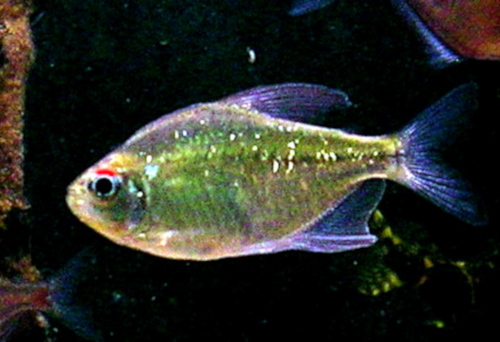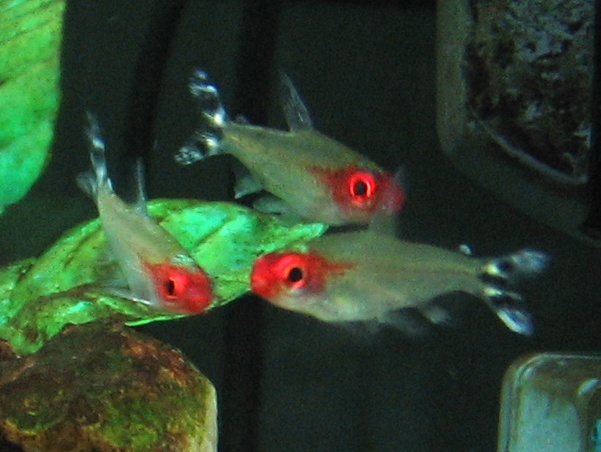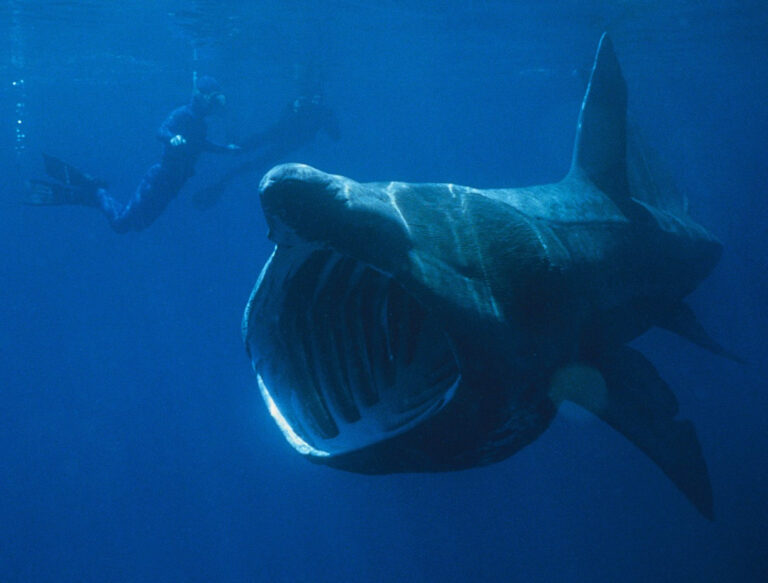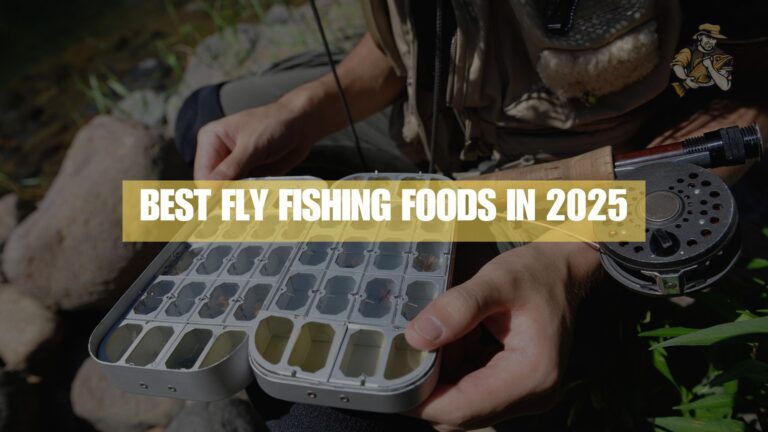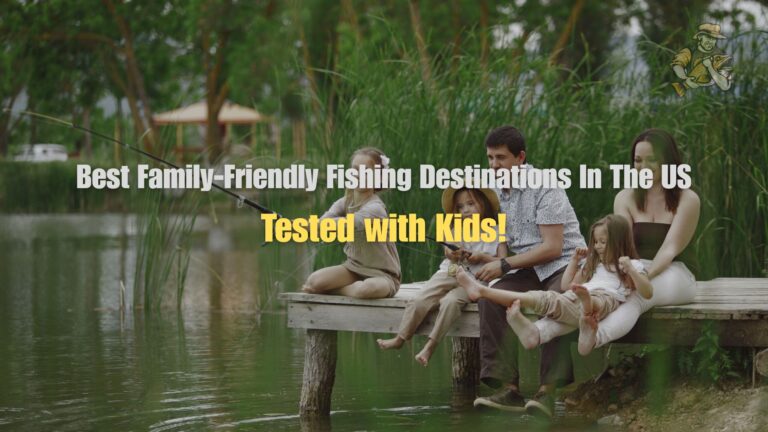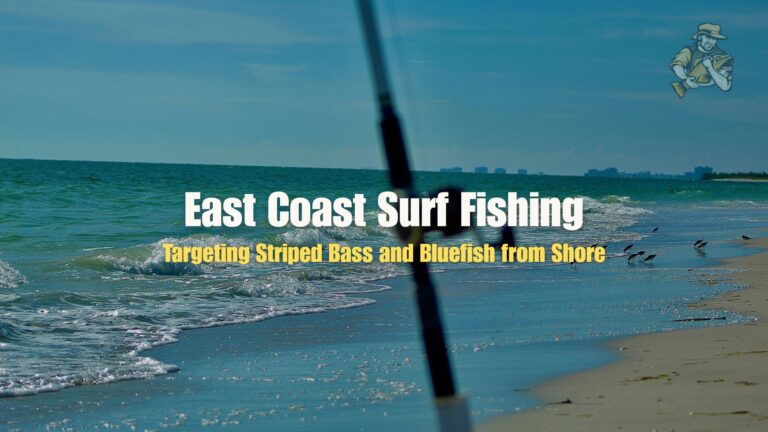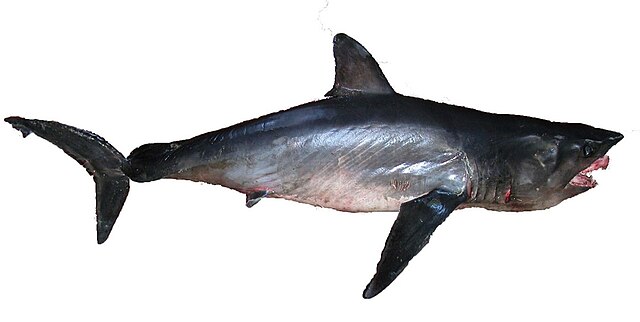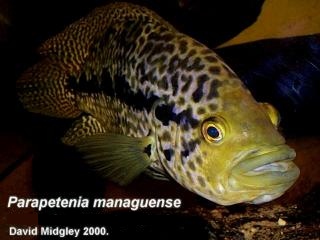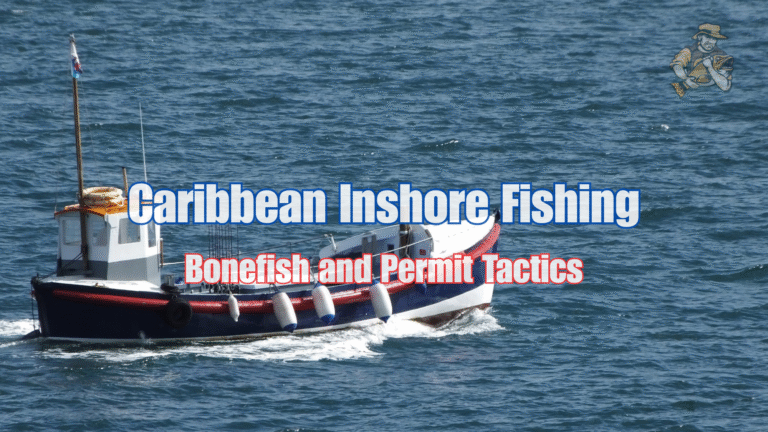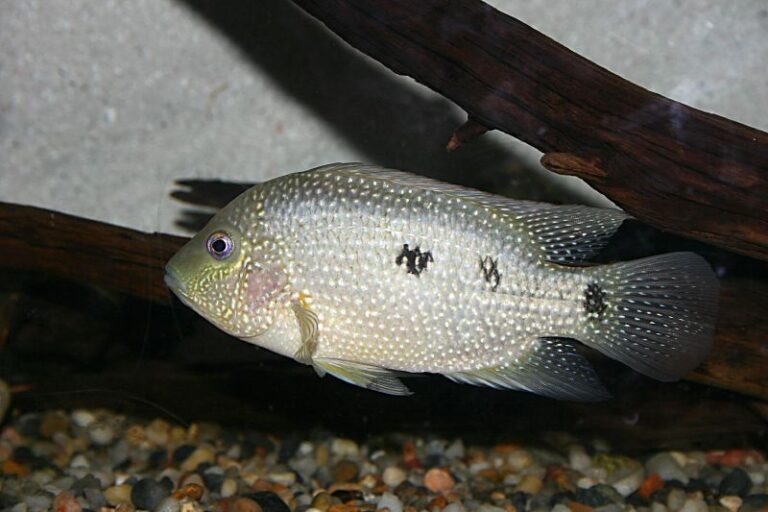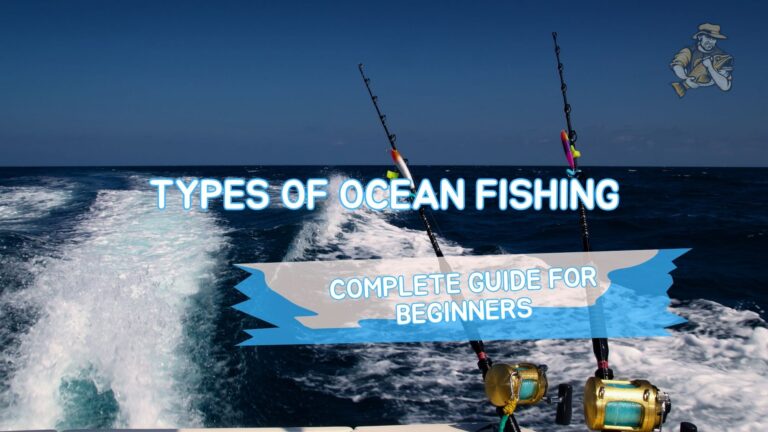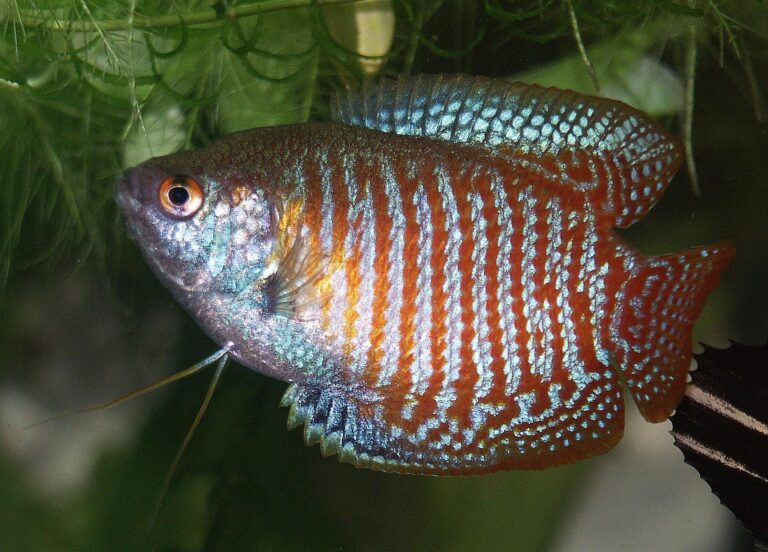Porbeagle Shark
By Ryan Maron | Last Modified: July 12, 2025
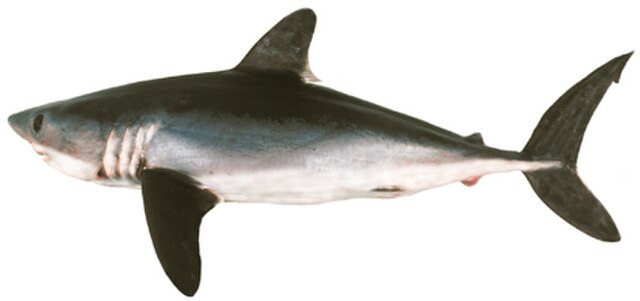
The Porbeagle Shark (*Lamna nasus*) stands as one of the most fascinating and ecologically significant predators in the North Atlantic and North Pacific oceans. This powerful mackerel shark combines remarkable physiological adaptations with crucial ecological roles, making it a species of paramount importance to marine ecosystems and fisheries worldwide. Distinguished by its robust build, distinctive coloration, and exceptional thermoregulatory abilities, the Porbeagle Shark represents a perfect example of evolutionary adaptation to cold-water environments.
As an apex predator, the Porbeagle Shark maintains critical balance within pelagic food webs, regulating populations of commercially important fish species while serving as an indicator of ocean health. Its unique position as both predator and prey connects multiple trophic levels, influencing everything from small schooling fish to marine mammal populations. The species’ economic significance extends beyond its ecological role, supporting both commercial and recreational fisheries across its range, though this has led to conservation concerns that demand immediate attention.
| Feature | Details |
| Common Name | Porbeagle Shark |
| Scientific Name | Lamna nasus |
| Family | Lamnidae |
| Typical Size | 150-250 cm, 60-135 kg |
| Habitat | Cold temperate waters, pelagic zones |
| Diet | Fish, squid, cephalopods |
| Distribution | North Atlantic and North Pacific |
| Conservation Status | Vulnerable |
Taxonomy & Classification
The Porbeagle Shark belongs to the family Lamnidae, commonly known as mackerel sharks, which includes some of the ocean’s most formidable predators. Within this family, *Lamna nasus* shares evolutionary lineage with the shortfin mako shark and great white shark, forming a group characterized by exceptional swimming capabilities and thermoregulatory adaptations. The genus *Lamna* contains only two species: *L. nasus* in the Atlantic and *L. ditropis* in the Pacific, though recent genetic studies suggest these may represent geographic populations of a single species.
First described by Bonnaterre in 1788, the Porbeagle Shark has undergone several taxonomic revisions as scientists have gained deeper understanding of its evolutionary relationships. The species name “nasus” refers to the shark’s distinctive pointed snout, while “Porbeagle” derives from the Cornish words “porth” (bay) and “bugel” (shepherd), reflecting its historical abundance in British waters. Molecular phylogenetic studies have confirmed the Porbeagle’s position within the Lamnidae family tree, revealing close genetic relationships with other members of this highly specialized group.
The classification hierarchy places the Porbeagle Shark within the order Lamniformes, which encompasses approximately 16 families of sharks known for their diverse ecological roles and morphological adaptations. This taxonomic positioning reflects the species’ evolutionary history spanning millions of years, during which it developed the unique characteristics that define modern lamnid sharks. Current genetic research continues to refine our understanding of the Porbeagle’s evolutionary relationships and population structure across its global range.
Physical Description
The Porbeagle Shark exhibits a robust, torpedo-shaped body perfectly adapted for sustained swimming in cold oceanic waters. Adults typically reach lengths of 150-250 centimeters, with females generally growing larger than males and achieving weights of 60-135 kilograms. The species displays a distinctive coloration pattern featuring a dark blue-gray dorsal surface that grades to white on the ventral side, providing effective counter-shading camouflage in open water environments.
The shark’s most recognizable feature is its conical, pointed snout, which distinguishes it from similar species within the Lamnidae family. Large, dark eyes positioned laterally on the head provide excellent vision for detecting prey and navigating in dim light conditions. The mouth contains multiple rows of sharp, triangular teeth designed for grasping and cutting, with the dental formula varying slightly between upper and lower jaws to maximize feeding efficiency.
Porbeagle Sharks possess several distinctive anatomical features that aid in identification. A prominent secondary keel below the primary caudal keel on the tail fin creates a unique double-keel structure not found in other Atlantic sharks. The first dorsal fin is large and triangular, positioned directly above the pectoral fins, while the second dorsal fin is considerably smaller and located near the tail. Five gill slits on each side of the head facilitate efficient water flow over the gills, supporting the species’ high metabolic demands.
The species demonstrates remarkable sexual dimorphism, with males developing elongated pelvic fin extensions called claspers used for reproduction. Adult females exhibit broader heads and more robust body proportions compared to males, adaptations that support their reproductive role. The Porbeagle’s skin contains placoid scales arranged in a specific pattern that reduces drag and turbulence during swimming, contributing to the species’ exceptional hydrodynamic efficiency.
Habitat & Distribution
Porbeagle Sharks inhabit temperate and subarctic waters of the North Atlantic and North Pacific oceans, demonstrating remarkable adaptability to varying environmental conditions. In the Atlantic, populations range from the Grand Banks of Newfoundland south to North Carolina on the western side, and from Iceland and Norway to the Mediterranean Sea and Morocco on the eastern side. Pacific populations occur from the Bering Sea to Japan in the west and from Alaska to southern California in the east.
The species exhibits strong preferences for specific temperature ranges, typically inhabiting waters between 2-18°C, though they can tolerate brief exposures to temperatures outside this range. Porbeagle Sharks demonstrate extensive vertical migration patterns, moving between surface waters and depths exceeding 1,000 meters in response to prey availability, temperature gradients, and reproductive cycles. This vertical mobility allows them to exploit diverse ecological niches within the water column.
Seasonal migration patterns reveal complex movement behaviors driven by feeding opportunities and reproductive requirements. During summer months, Porbeagle Sharks often move toward higher latitudes and cooler waters, while winter brings southward migrations toward warmer regions. These movements can span thousands of kilometers, with individual sharks tracked crossing entire ocean basins during their lifetime.
The species shows particular affinity for continental shelf edges, underwater ridges, and areas of upwelling where nutrient-rich waters support abundant prey populations. Porbeagle Sharks frequently associate with specific oceanographic features such as thermal fronts, where temperature differences concentrate prey species. Their distribution patterns closely correlate with the abundance of key prey species, particularly schooling fish like mackerel, herring, and sardines.
Diet & Feeding Behavior
The Porbeagle Shark functions as an opportunistic predator with a diverse diet reflecting its role as an apex predator in pelagic ecosystems. Primary prey items include schooling fish such as mackerel, herring, sardines, and cod, which can comprise 60-80% of their diet depending on seasonal availability. Cephalopods, including various squid species, represent another significant food source, particularly in deeper waters where these organisms are abundant.
Feeding behavior demonstrates remarkable adaptability, with Porbeagle Sharks employing different hunting strategies based on prey type and environmental conditions. When targeting schooling fish, they often use coordinated attacks, swimming rapidly through schools to maximize capture efficiency. Their powerful jaws and sharp teeth allow them to handle prey of varying sizes, from small sardines to large cod weighing several kilograms.
The species exhibits diel feeding patterns, with increased activity during dawn and dusk hours when many prey species undergo vertical migrations. This behavior aligns with the movement patterns of zooplankton and small fish, creating optimal feeding opportunities in the water column. Porbeagle Sharks demonstrate remarkable energy efficiency, timing their feeding efforts to coincide with periods of maximum prey density.
Stomach content analyses reveal seasonal dietary variations corresponding to prey availability and migration patterns. During spring and summer months, the diet typically includes a higher proportion of schooling fish, while autumn and winter feeding often focuses more heavily on cephalopods and demersal species. This dietary flexibility allows Porbeagle Sharks to maintain energy reserves throughout their extensive migration cycles and supports their complex life history requirements.
Behavior & Adaptations
Porbeagle Sharks possess extraordinary physiological adaptations that enable them to thrive in cold oceanic environments where most shark species cannot survive. Their most remarkable adaptation is regional endothermy, achieved through specialized vascular arrangements called retia mirabilia that maintain core body temperatures 7-10°C above ambient water temperature. This thermoregulatory system allows sustained activity in waters as cold as 1-2°C, expanding their ecological niche significantly.
The species demonstrates complex swimming behaviors adapted for both energy conservation and efficient prey capture. Porbeagle Sharks employ a combination of steady cruising and burst swimming, with the ability to achieve speeds exceeding 50 kilometers per hour during prey pursuit. Their swimming patterns include both horizontal migrations covering vast distances and vertical movements that can exceed 500 meters in a single dive.
Social behavior varies considerably based on life stage and environmental conditions. Adult Porbeagle Sharks are generally solitary, though they may aggregate in areas of high prey density or during specific seasonal events. Juvenile sharks sometimes form loose aggregations, particularly in nursery areas where they benefit from reduced predation pressure and shared foraging opportunities.
The species exhibits remarkable navigational abilities, using a combination of magnetic field detection, celestial cues, and chemical gradients to orient during long-distance migrations. Their sensory systems include highly developed electroreception through ampullae of Lorenzini, allowing detection of electrical fields produced by prey organisms. This electroreception capability proves particularly valuable when hunting in murky water conditions or at significant depths where visual hunting becomes challenging.
Porbeagle Sharks demonstrate impressive diving capabilities, with recorded depths exceeding 1,300 meters during foraging expeditions. These deep dives often correspond with the vertical migration patterns of prey species, allowing them to exploit food resources unavailable to other shark species. Their physiological adaptations to pressure changes and oxygen conservation enable extended periods at depth without surface breathing requirements.
Reproduction & Life Cycle
The reproductive biology of Porbeagle Sharks reflects their adaptation to cold-water environments and demonstrates complex life history characteristics typical of large marine predators. Sexual maturity occurs relatively late, with males reaching maturity at approximately 8-10 years of age and females at 12-18 years. This delayed maturation represents a significant life history trade-off, allowing individuals to achieve larger sizes and greater reproductive potential before committing energy to reproduction.
Porbeagle Sharks exhibit ovoviviparity, a reproductive strategy where embryos develop within eggs that hatch inside the female’s body. The gestation period extends 8-9 months, during which embryos initially rely on yolk reserves before transitioning to oophagy, consuming unfertilized eggs produced by the mother. This intrauterine feeding strategy, known as adelphophagy, allows developing embryos to reach considerable size before birth.
Litter sizes typically range from 1-5 pups, with an average of 2-3 offspring per reproductive cycle. Newborn sharks measure approximately 60-80 centimeters in length and possess fully functional hunting capabilities from birth. The relatively large size of newborns reflects the species’ investment in offspring quality over quantity, increasing survival rates in challenging oceanic environments.
Reproductive cycles follow a biennial or triennial pattern, with females requiring 1-2 years between pregnancies to recover body condition and accumulate energy reserves for subsequent reproduction. This extended reproductive interval, combined with late maturity and small litter sizes, results in low population growth rates that make Porbeagle Sharks particularly vulnerable to overexploitation.
Mating behaviors involve complex courtship rituals that may include parallel swimming, gentle biting, and synchronized movements. Males use their claspers to transfer sperm packets to females during mating, which typically occurs in specific geographic regions and seasons. The timing of reproductive activities often coincides with migration patterns, bringing mature individuals together in optimal conditions for successful reproduction.
Predators & Threats
Adult Porbeagle Sharks face relatively few natural predators due to their size, speed, and defensive capabilities, though they remain vulnerable to larger shark species and marine mammals under specific circumstances. Great white sharks represent the most significant natural threat to adult Porbeagles, particularly in areas where their ranges overlap. Killer whales also pose predation risks, especially to juvenile sharks or individuals in weakened conditions.
Juvenile Porbeagle Sharks face broader predation pressures from various marine predators, including larger sharks, marine mammals, and potentially large bony fish. The species’ nursery areas typically occur in regions with reduced predator density, providing some protection during vulnerable early life stages. However, mortality rates remain high during the first years of life, with estimates suggesting that fewer than 10% of juveniles survive to adulthood.
Human activities represent the most significant threat to Porbeagle Shark populations worldwide. Commercial fishing operations target the species both directly and as bycatch in other fisheries, with their meat highly valued in European and Asian markets. The species’ slow growth rate, late maturity, and low reproductive output make populations extremely vulnerable to overfishing pressure.
Climate change poses emerging threats through habitat modification and prey distribution changes. Warming ocean temperatures may force populations into higher latitudes, potentially reducing suitable habitat and disrupting established migration patterns. Ocean acidification affects prey species and could indirectly impact Porbeagle Shark populations through cascading effects on food webs.
Pollution represents another significant threat, with Porbeagle Sharks accumulating heavy metals, persistent organic pollutants, and plastic debris throughout their tissues. Their position as apex predators results in bioaccumulation of toxins, potentially affecting reproduction, immune function, and survival rates. Marine debris, particularly plastic items, can cause physical injuries or intestinal blockages when ingested.
Habitat degradation from coastal development, shipping traffic, and offshore industrial activities disrupts migration routes and feeding areas. Noise pollution from shipping and seismic surveys may interfere with the species’ sensory systems and navigation abilities, though research on these impacts remains limited.
Conservation Status
The International Union for Conservation of Nature (IUCN) classifies the Porbeagle Shark as Vulnerable globally, with regional populations showing varying degrees of decline. North Atlantic populations have experienced severe reductions, with some estimates suggesting declines of 90% or more from historical levels. The species’ inclusion on the IUCN Red List reflects growing scientific consensus about the urgent need for conservation measures.
Population assessments reveal concerning trends across the species’ range, with fishing pressure exceeding sustainable levels in most regions. The Northwest Atlantic population, once abundant off the Canadian coast, collapsed during the 1990s and has shown limited recovery despite fishing restrictions. European populations face similar pressures, with continued declines reported from traditional fishing grounds.
International conservation efforts include the species’ listing under various protective frameworks, including the Convention on International Trade in Endangered Species (CITES) Appendix II, which regulates international trade. The European Union has implemented fishing quotas and technical measures designed to reduce fishing mortality, though enforcement remains challenging in international waters.
Stock assessments conducted by regional fisheries management organizations provide the scientific basis for conservation measures, though data limitations complicate accurate population estimates. The species’ highly migratory nature requires international cooperation for effective management, as Porbeagle Sharks regularly cross national boundaries during their extensive migrations.
Recovery potential depends heavily on immediate implementation of precautionary management measures, including reduced fishing quotas, enhanced monitoring, and protection of critical habitats. The species’ slow growth and late maturity mean that population recovery will require decades even under optimal conditions, emphasizing the urgency of current conservation efforts.
Human Interaction
Porbeagle Sharks have historically supported important commercial fisheries throughout their range, with peak landings occurring during the late 20th century before populations declined. The species’ meat commands premium prices in European markets, while fins are valued in Asian cuisine. Traditional fishing methods include longlines, gillnets, and harpoons, with modern commercial operations employing sophisticated tracking and capture technologies.
Recreational fishing for Porbeagle Sharks attracts anglers seeking challenging sport fishing experiences, particularly in the North Atlantic where the species was once abundant. Charter boat operations developed specialized techniques for targeting these powerful sharks, contributing to local tourism economies. However, declining populations have reduced fishing opportunities and shifted recreational activities toward catch-and-release practices.
The species plays important cultural roles in coastal communities, particularly in regions where Porbeagle Sharks historically supported local economies. Traditional knowledge from fishing communities provides valuable insights into population changes and behavioral patterns, complementing scientific research efforts. Indigenous communities in some regions have traditional uses for shark products that continue today.
Scientific research on Porbeagle Sharks has expanded significantly in recent decades, driven by conservation concerns and improved tracking technologies. Satellite tagging studies have revolutionized understanding of migration patterns and habitat use, while genetic research provides insights into population structure and evolutionary relationships. These research efforts increasingly involve collaboration between scientists and fishing communities.
Public awareness campaigns have helped highlight the species’ conservation needs and the importance of sustainable fishing practices. Educational programs in schools and aquariums introduce the public to Porbeagle Shark biology and ecology, fostering support for conservation measures. Media coverage of scientific discoveries and conservation successes helps maintain public interest in shark protection efforts.
Economic impacts of Porbeagle Shark conservation include both costs and benefits for fishing communities. While reduced fishing quotas may decrease short-term revenues, sustainable management practices can ensure long-term fishing opportunities. Eco-tourism focused on shark watching and conservation education provides alternative economic opportunities in some regions.
Interesting Facts
Porbeagle Sharks possess one of the most sophisticated thermoregulatory systems in the marine environment, maintaining muscle temperatures up to 10°C above ambient water temperature through specialized blood vessel arrangements. This adaptation allows them to maintain high activity levels in water temperatures that would immobilize most other shark species, effectively expanding their ecological niche into Arctic and subarctic waters.
The species demonstrates remarkable swimming endurance, with tagged individuals recorded traveling over 3,000 kilometers during single migration events. Their swimming efficiency rivals that of tunas and marlins, achieved through a combination of body shape optimization, specialized muscle arrangements, and behavioral adaptations. Some individuals have been tracked crossing entire ocean basins multiple times during their lifetime.
Porbeagle Sharks exhibit unusual behavioral patterns during feeding, sometimes breaching completely out of the water while pursuing prey near the surface. This behavior, rarely observed in other shark species, demonstrates their exceptional power and agility. The breach-feeding behavior appears most common when targeting schooling fish concentrated near the surface.
The species’ scientific name reflects historical confusion about its identity, with early taxonomists sometimes confusing Porbeagle Sharks with other lamnid species. The common name “Porbeagle” appears in English literature dating back to the 1700s, making it one of the older established shark names in the English language. Regional names include “mackerel shark” and “blue dog” in different parts of their range.
Porbeagle Sharks possess highly developed social behaviors during specific life stages, with juveniles sometimes forming aggregations in nursery areas. These aggregations may serve protective functions, reducing individual predation risk through group vigilance. Adult sharks occasionally aggregate during feeding events, though they typically maintain individual hunting territories.
The species’ diving capabilities exceed those of most other shark species, with recorded depths approaching 1,400 meters during foraging expeditions. Their physiological adaptations to pressure changes include specialized swim bladder arrangements and blood chemistry modifications that prevent decompression-related injuries during rapid ascent and descent cycles.
Porbeagle Sharks demonstrate remarkable site fidelity to specific feeding areas, returning to productive locations across multiple seasons and years. This behavior indicates sophisticated navigation abilities and memory systems that allow them to optimize foraging efficiency over vast oceanic ranges. Some individuals show fidelity to specific thermal fronts and oceanographic features throughout their lifetime.
Frequently Asked Questions
Are Porbeagle Sharks dangerous to humans?
Porbeagle Sharks pose minimal threat to humans, with no recorded unprovoked attacks on people. Their preference for cold, offshore waters means encounters with swimmers and divers are extremely rare. The species is generally considered docile and tends to avoid human activity, though like all large sharks, they should be treated with respect and caution by divers and researchers.
How can you distinguish a Porbeagle Shark from similar species?
Porbeagle Sharks can be identified by their distinctive double-keel tail structure, with a secondary keel below the primary caudal keel. They also possess a white patch at the base of the first dorsal fin and typically show more robust body proportions compared to shortfin mako sharks. Their snout is more bluntly pointed than that of mako sharks, and they lack the extreme streamlining characteristic of their faster relatives.
What is the current status of Porbeagle Shark fishing regulations?
Porbeagle Shark fishing is heavily regulated throughout most of their range, with many regions implementing quotas, size limits, and seasonal closures. The species is protected under CITES Appendix II, requiring permits for international trade. Many jurisdictions have implemented catch-and-release requirements for recreational fishing, while commercial fisheries face increasingly strict management measures designed to allow population recovery.
How long do Porbeagle Sharks live?
Porbeagle Sharks are long-lived species with lifespans estimated between 25-46 years based on vertebral growth band analysis. Females typically live longer than males and continue growing throughout their lives, reaching maximum sizes in their later decades. Their longevity, combined with late maturity and slow growth rates, makes them particularly vulnerable to overfishing and emphasizes the importance of conservation measures.
Conclusion
The Porbeagle Shark represents a remarkable example of evolutionary adaptation to cold marine environments, serving as both apex predator and critical ecosystem component throughout the North Atlantic and North Pacific oceans. Their unique physiological capabilities, complex migration patterns, and important ecological roles underscore the urgent need for comprehensive conservation measures to ensure population recovery. As indicators of ocean health and regulators of marine food webs, Porbeagle Sharks require immediate international cooperation and sustained management efforts to prevent further population declines and restore their historical abundance in our oceans.
Share The Article:
More Fish Species:
-
Blood Parrot Cichlid
The Blood Parrot Cichlid stands as one of the most distinctive and controversial specimens in contemporary aquarium culture. This…
-
Variable Platyfish
The Variable Platyfish (Xiphophorus variatus) stands as one of the most widely recognized and ecologically significant freshwater fish species…
-
Diamond Tetra
The Diamond Tetra (Moenkhausia pittieri) stands as one of the most captivating freshwater fish species in the aquarium trade…
-
Rummy Nose Tetra
The Rummy Nose Tetra stands as one of the most distinctive and recognizable small freshwater fish species in South…
-
Shubunkin Goldfish
The Shubunkin Goldfish (Carassius auratus) represents one of the most popular and visually striking varieties of goldfish kept in…
-
Basking Shark
The Basking Shark stands as one of the ocean’s most magnificent gentle giants, representing the second-largest fish species on…
Discover
-
7 Best Fly Fishing Foods That Trout Can’t Resist in 2025
If there’s one thing I’ve learned after three decades of fly fishing, it’s that trout can be maddeningly selective…
-
Pennsylvania Fishing License: Complete Guide for Anglers in 2025
Getting your Pennsylvania fishing license sorted isn’t exactly the most exciting part of fishing, but it’s absolutely necessary if…
-
7 Best Family-Friendly Fishing Destinations in the U.S. (Tested with Kids!)
I still remember the first time I took my son Tommy fishing. He was five, armed with a Spider-Man…
-
East Coast Surf Fishing: Targeting Striped Bass and Bluefish from Shore
When I first tried East Coast surf fishing nearly 15 years ago, I was absolutely terrible at it. I…
-
Longfin Mako Shark
The Longfin Mako Shark represents one of nature’s most enigmatic and misunderstood predators, embodying both the raw power and…
-
How to Spool a Baitcaster for Beginners: 6 Simple Steps
I remember the first time I tried spooling a baitcaster reel. What should have been a simple 15-minute job…
Discover
-
Jaguar Cichlid
The Jaguar Cichlid stands as one of Central America’s most formidable predatory fish, renowned for its impressive size, aggressive…
-
Caribbean Inshore Fishing: Bonefish and Permit Tactics
There’s something almost magical about stalking the shallow flats of the Caribbean. I still remember my first bonefish –…
-
Texas Cichlid
The Texas Cichlid (Herichthys cyanoguttatus) stands as one of North America’s most distinctive freshwater fish species, representing the sole…
-
Types of Ocean Fishing: Complete Guide for Beginners
There’s something magical about standing at the edge of the vast ocean with a fishing rod in hand. I’ve…
-
How to Fish in Murky Water: Expert Michigan Angler Shares Secrets
Last Tuesday, I was standing knee-deep in chocolate-colored water where Kellogg Creek dumps into the Kalamazoo River. Water visibility:…
-
Dwarf Gourami
The Dwarf Gourami (Trichogaster lalius) stands as one of the most popular freshwater aquarium fish species, renowned for its…

